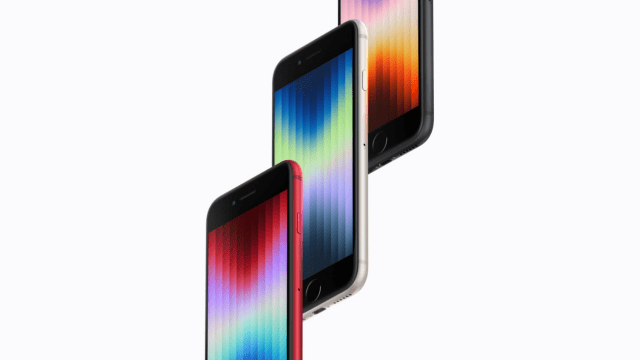It’s looking unlikely that Apple will ever bring TouchID back to the iPhone. Long absent from Apple’s mainline smartphone range, and only present in recent memory on the budget-oriented iPhone SE (which was last released in 2022), the Cupertino giant supposedly isn’t planning to bring the fingerprint-reliant security method back anytime soon.
As reported by Mac Rumors, a reputable Chinese integrated circuit expert has indicated that Apple is shutting down the tools that produce TouchID components for its smartphone product range, the last phone to use such tech being the third-generation iPhone SE.
And that’s a shame; I was holding out for a return to TouchID on one of the main-line iPhones, because I’m not really a fan of face unlock on any device and I much prefer unlocking with a thumbprint (it saves needing to jerk my face around in a bunch of awkward poses). It’s just my preference, and I love that the Pixel 8 Pro, my current phone, has it.
It’s always been interesting that Apple started to use fingerprint recognition on the iPhone and then suddenly just… didn’t. While the phones no longer have fingerprint recognition, Apple’s similar products, including the iPad, MacBook, and ‘Magic’ accessories (associated with iMacs and laptops) all still have TouchID, although these devices admittedly are larger and have more space to play with (many of them also don’t ship with FaceID).
Simply put, phones that were mostly screen missed out on fingerprint readers, and Apple never did an under-screen fingerprint reader. Competitors Google and Samsung both do this, but Apple has always avoided it, simply fitting the fingerprint reader to the Home button instead.
This was the case for the iPhone between 2013, when the iPhone 5S was introduced, all the way to the iPhone 8, which was introduced in 2017. The technology was developed by the company AuthenTec, which was acquired by Apple in 2012.
After the iPhone 8 was introduced in September 2017, the iPhone X was introduced in November of the same year, bringing an all-screen design that axed the Home button altogether. Ergo: no room for TouchID.
During this time, TouchID migrated to other members of the Apple product family. In 2014, the iPad Air 2 and iPad Mini 3 were the first iPads to ship with TouchID. In 2015, it first appeared on the Magic Keyboard, and in 2016, it started to ship on the MacBook Pro.
In the iPad product family, however, TouchID now lives on the side-mounted Power (Home) button. There’s no reason why an iPhone can’t do this too, apart from cutting costs (which, mind you, is likely why FaceID isn’t available on the mainline iPads and the iPad Mini, but is on the iPad Pro).
But now, considering that the fourth generation of the iPhone SE is rumoured to have a similar all-screen design to modern main-line iPhones, the humble Home button has nowhere to go. For the SE, though, reports are indicating that FaceID will be used instead.
In fairness, Apple’s FaceID is unbeatable at the time of writing; the TrueDepth camera provides a much more secure experience than similar tech from Apple’s rivals.
But Apple obviously likes taking everything I like away, so I’m used to the pain.
Image: Apple
